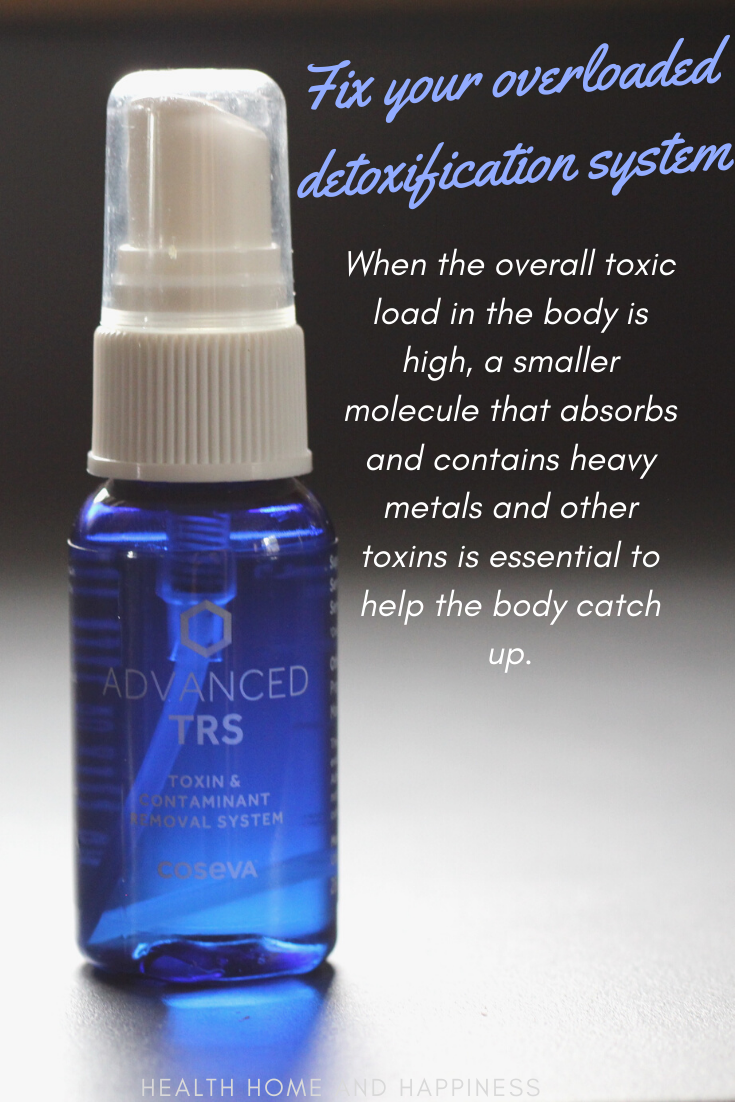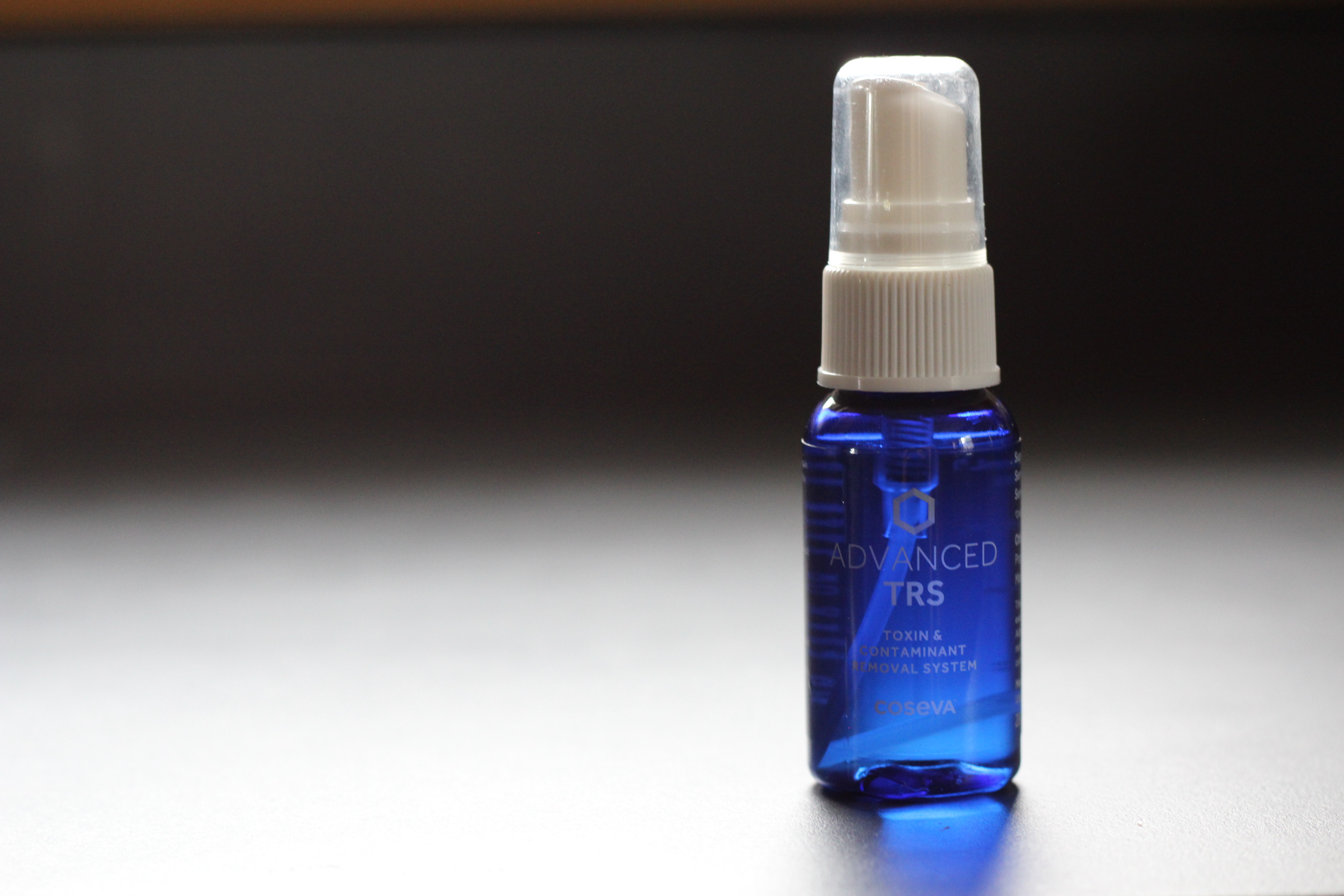
When it comes to detoxifying the body, clay is the natural remedy that has been used for centuries to absorb and contain heavy metals, aflatoxins (from mold), and other poisonous toxins that cause cancer and/or a variety of other maladies. Illnesses that are caused by commonly occurring toxins include diarrhea, mental problems, joint pain, skin rashes, and more. (source)
Historically, we all ingested a little bit of clay as we went about daily life. Clay ingestion came with more contact with the dirt and dust, using clay pots to contain water and cook with, and even intentional ingestion as a supplement. (source)
Clay is not a normal part of our modern diet, so we no longer benefit from the daily gentle detoxification that we once did. In addition, we are exposed to more toxins than we once were through frequent contact with questionable substances in our home life.
Modern toxin exposure comes from things such as:
- Air fresheners.
- Cleaning products.
- Artificial food additives.
- Makeup.
- Skincare.
- Mattresses.
- Man-made surfaces such as countertops, flooring, and vehicle interiors.
- Synthetic fabrics and the flame retardants that they are treated with.
- Nonstick cooking surfaces.
- Plastics and other man-made serving dishes.
- Air pollution.
- Much more- think of everything that is not ‘natural’ that you are in contact with on a daily basis.
Is the solution more clay?
 While clay can provide a daily detoxification of current toxins ingested, it is such a big molecule that it is contained to the digestive tract and does not go any further.
While clay can provide a daily detoxification of current toxins ingested, it is such a big molecule that it is contained to the digestive tract and does not go any further.
Clay’s ability to absorb toxins is useful to absorb ingested or microbiome-produced mycotoxins (mold). Clay also is useful for absorbing naturally-occurring heavy metals that accidentally get ingested in or on your food or swallowed from the dust.
But when it comes to toxins and heavy metals that have been absorbed into the body and are not in the digestive tract the large molecule size keeps clay from going far.
Read More: Ingesting Clay for Detoxification and Minerals
 Clay ingested absorbs toxins in the digestive tract
Clay ingested absorbs toxins in the digestive tract
Clay can overall decrease the toxic load, which helps your body not be overrun with toxins. When the body isn’t overloaded with toxins, your body’s detoxification system can contain and remove toxins as needed to keep .
The problem comes when the overall toxic load is high and the body can’t keep up. Read more about about toxic load, leaky gut, candida, and environmental toxins in this article: Heavy Metal Removal with Advanced TRS
When the overall toxic load in the body is high, a smaller molecule that absorbs and contains heavy metals and other toxins is essential to help the body catch up.
Where to Get Clay for Ingestion:
- Calcium Bentonite Clay absorbs less water and provides more calcium supplementation. This is the clay that we have found the most benefit from.
- Bentonite Clay is the best-known clay and absorbs lots of water, so it expands when hydrated.
TRS works when clay isn’t enough
Clay is effective preventatively, or for maintenance, but it isn’t enough to tackle over-toxic bodies. Since clay doesn’t go deep into the tissue and organs. Any toxins or metals that have gone deeper than the digestive tract will remain even when taking clay as a supplement. That’s where TRS comes in.
TRS very specific zeolite that has a strong negative charge like the active ingredients in clay, but is smaller, is empty of heavy metals including aluminum and lead, and does not require bowel movements to pass.
Where to get TRS:
Coseva sells the brand TRS, which is what we use in our home.
Molecule Size
TRS is a very small molecule that travels directly into the blood stream and doesn’t even use the digestive tract or require a healthy digestive system. Sprayed under the tongue, TRS enters the blood stream through the mouth and circulates through the body.
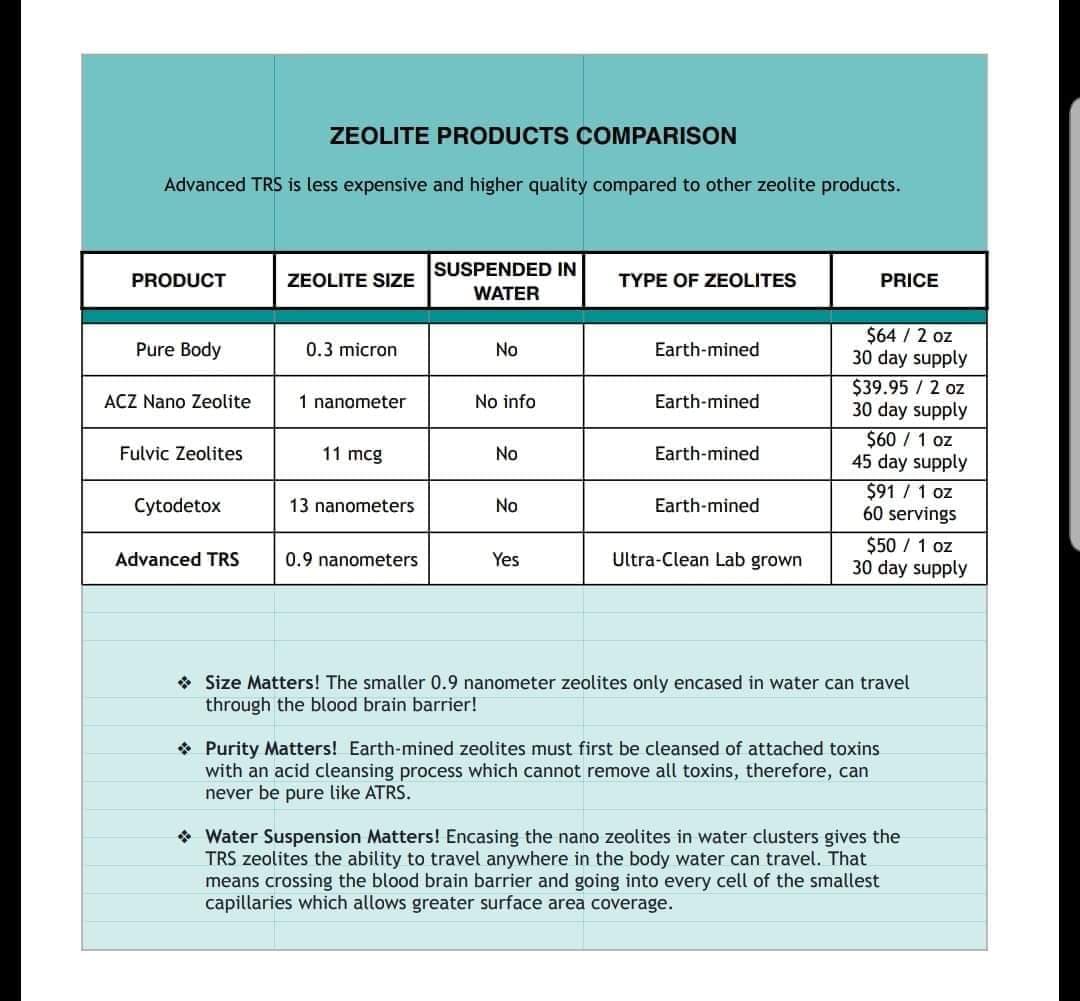
Does not already contain heavy metals
TRS is lab-made to ensure that the active ingredient (clioptolite) is ’empty’. Because clay is such a good attractor of heavy metals, it is naturally going to have mercury, lead, etc, already contained in it. This bound metal does not cause harm to you, but you never know how much of the clay is open to absorb the bad stuff from your body and how much is already filled with heavy metals.
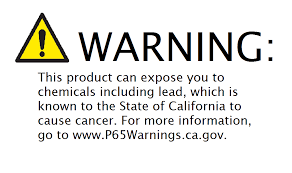
Natural clay already contains heavy metals. They are bound up in the clay, but clay still requires a prop 65 warning because of this.
Clay products require a warning in the state of California because of it contains lead and other heavy metals known to cause harm. However, these are not bioavailable (they will not remain in the body) because they are locked tight in the clay- just like any heavy metals the clay removes from your digestive tract. However, when ingesting clay, we never know how much of the clay is ‘open’ to receive more metals, and how much already is ‘full’ of the naturally-present metals.
TRS is lab-made, so it contains absolutely no heavy metals. This means every molecule of clinoptolite in TRS is available to absorb the bad stuff from your body.
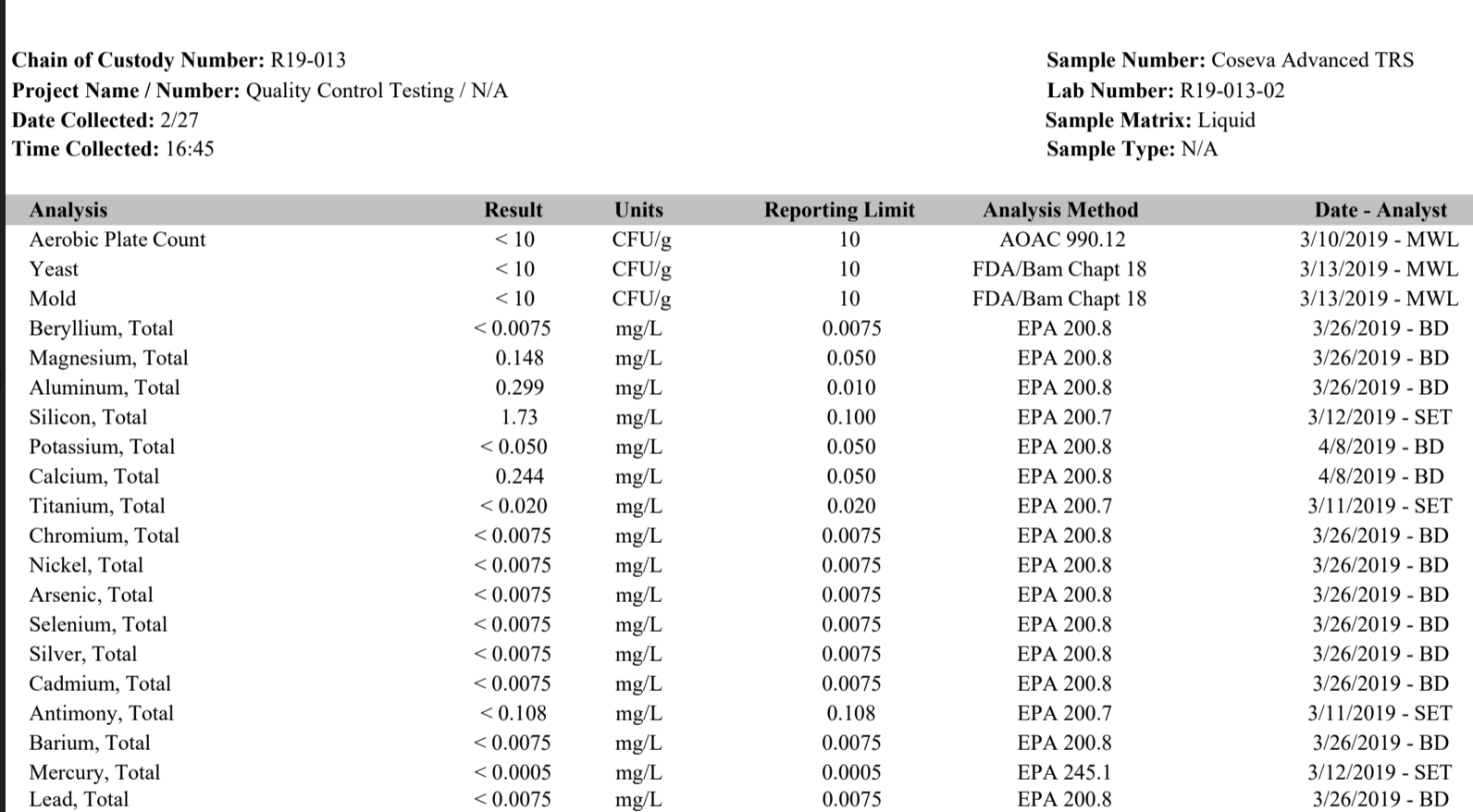
TRS is 3rd-Party verified to contain no heavy metals. This means every molecule is open and ready to attract the heavy metal and toxins you need to remove from your body. Click image for full report.
Does not break down in stomach acid
Some zeolites break down in stomach acid, releasing any contained heavy metals into the bloodstream. This can be a concern when you are ingesting clay. Zeolite A is made from klanolin clay heated to 650° F +, which is not what is traditionally consumed. It is a concern, however, that some zeolites – the molecule that holds heavy metals in clay – can become unstable in acid.
In Zeolite A, the Al-framework is balanced out by the maximum number of cation exchange sites; it has high cation contents and superior exchange capacities. However, it is not appropriate for in vivo applications since, similar to other low-silica zeolites, zeolite A is unstable in acids. In contrast, zeolites with higher silica content, such as clinoptilolite, are stable in acids (source)
TRS is made of clioptilolite, which is stable in acid including stomach acid. TRS/clioptilolite only releases heavy metals when heated to over 1000° F, not ever in acid. Obviously, the body never gets to that temperature so there is never a risk of relating metals back into the body with TRS.
Not acid-washed
Clay in its natural form is not acid washed. Some manufacturers extract zeolites from clay, and acid-wash it to remove the heavy metals and other impurities that are present in natural zeolites from clay. They then bottle and sell the zeolites. This zeolite product doesn’t need a Prop 65 warning, as it contains no heavy metals, but it is acid-washed to remove the metals. With this acid washing, we don’t know how much of the acid is removed, and we don’t know how the acid affected the zeolites.
This is the acid washing process for ‘natural’ zeolites:
Zeolite powder obtained after grinding in an electric mill was treated with concentrated filtered hydrochloric acid HCl to remove various impurities, washed with MQ-water and dried using dry heat oven at 160°C.
TRS is not acid washed, since it is man-made from raw ingredients and does not contain impurities.
When is clay useful?
Clay is useful for your home remedy toolbox! More complex than TRS, both TRS and clay have distinct uses.
Clay is good for acute digestive tract issues. The ability to absorb water and slows digestion and bulks up stool. It also provides minerals – magnesium, calcium, sodium, etc that the body needs and can be depleted by diarrhea. Clay has antibacterial properties and balances the gut and even cures diseases caused by antibiotic-resistant bacteria. (source)
Natural clay contains minerals. Minerals are essentially ‘rocks’ and are from the earth. Clay contains minerals such as calcium, magnesium, iron, zinc, and more. (source)
Topical applications. Clay sticks to the skin and absorbs toxins. Toxins can be bee sting or insect bites, poisonous plants, or even topical fungal infections. Clay has a strong negative charge (TRS does too) and poisons have a strong positive charge, so they attract. Appropriate medical care should always be sought, but applying hydrated clay to a sting or bite or other poison aids in recovery as it neutralizes toxins. (source)
Can you use clay and TRS at the same time?
Yes, you absolutely can use clay and TRS at the same time. The metal in clay is bound, and TRS does not go after it. Clay also bulks up stools and supplements minerals, which is useful for those who tend toward fast digestion. While the clay provides minerals, TRS goes into the body deeper to the receptor sites in the organs to allow them to work properly and secrete necessary organs, uptake necessary vitamins, etc.
More about detoxification:
- Heavy Metal Removal with Advanced TRS
- The role of heavy metals in autoimmunity (and how to treat)
- Is Mercury affecting your thyroid and hormones?
- Ingesting and Topical Use of Clay for Detoxification and Minerals
- Diatomaceous Earth: What is it? How to use it.
- Folate vs Folic Acid, Tongue Ties, Detoxification, and Why I Regret Taking My Prenatal Vitamin
References:
- https://www.ncbi.nlm.nih.gov/pmc/articles/PMC5632318/
- https://www.ncbi.nlm.nih.gov/pubmed/28150053
- https://www.ncbi.nlm.nih.gov/pmc/articles/PMC6277462/
- https://www.ncbi.nlm.nih.gov/pmc/articles/PMC4705759/
- https://www.ncbi.nlm.nih.gov/pmc/articles/PMC3126108/

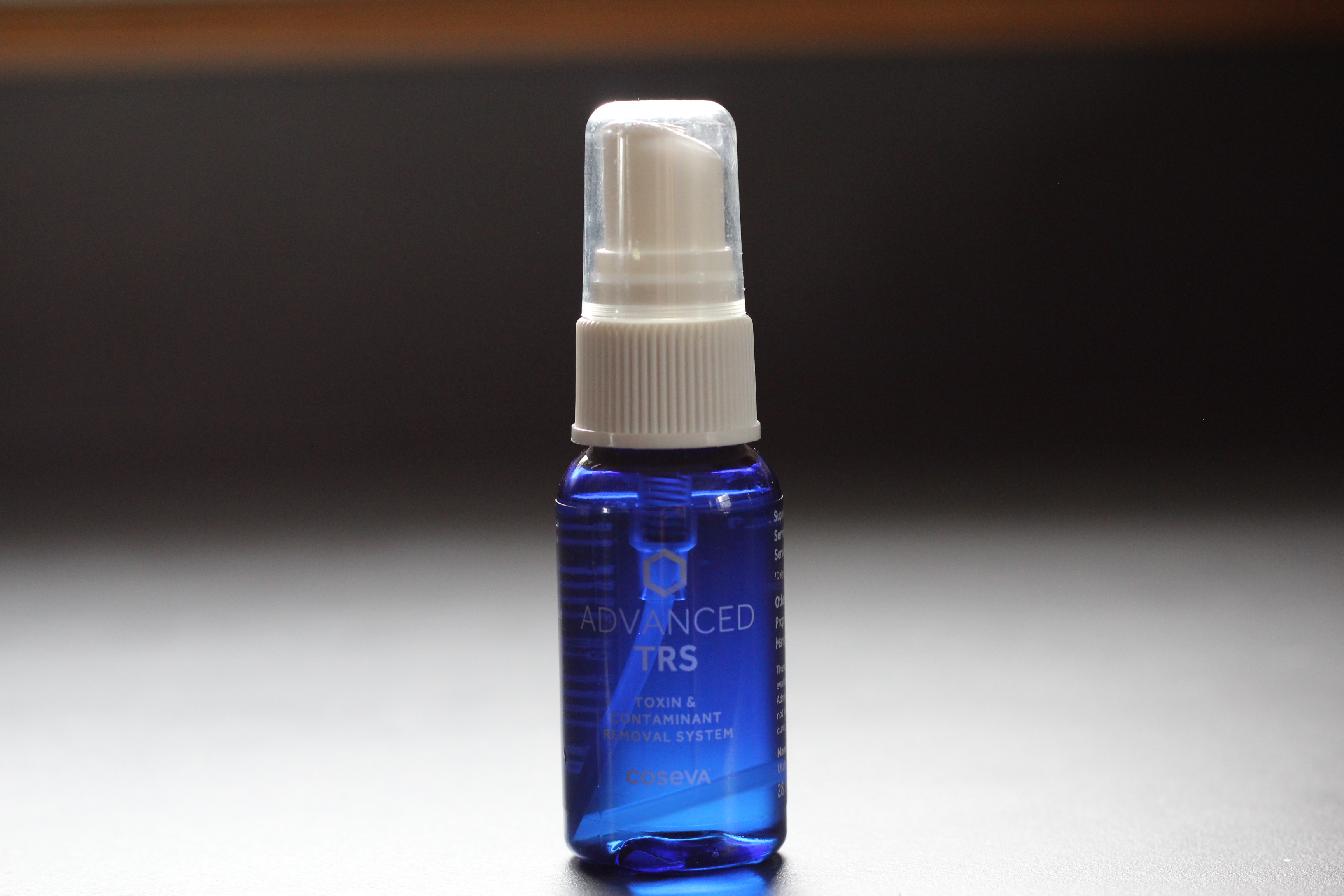
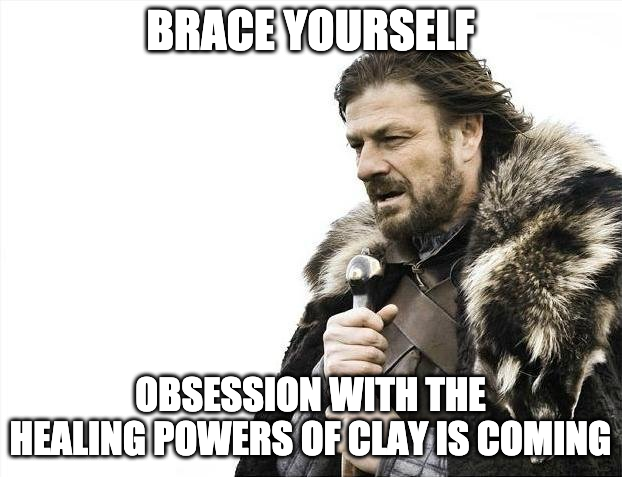
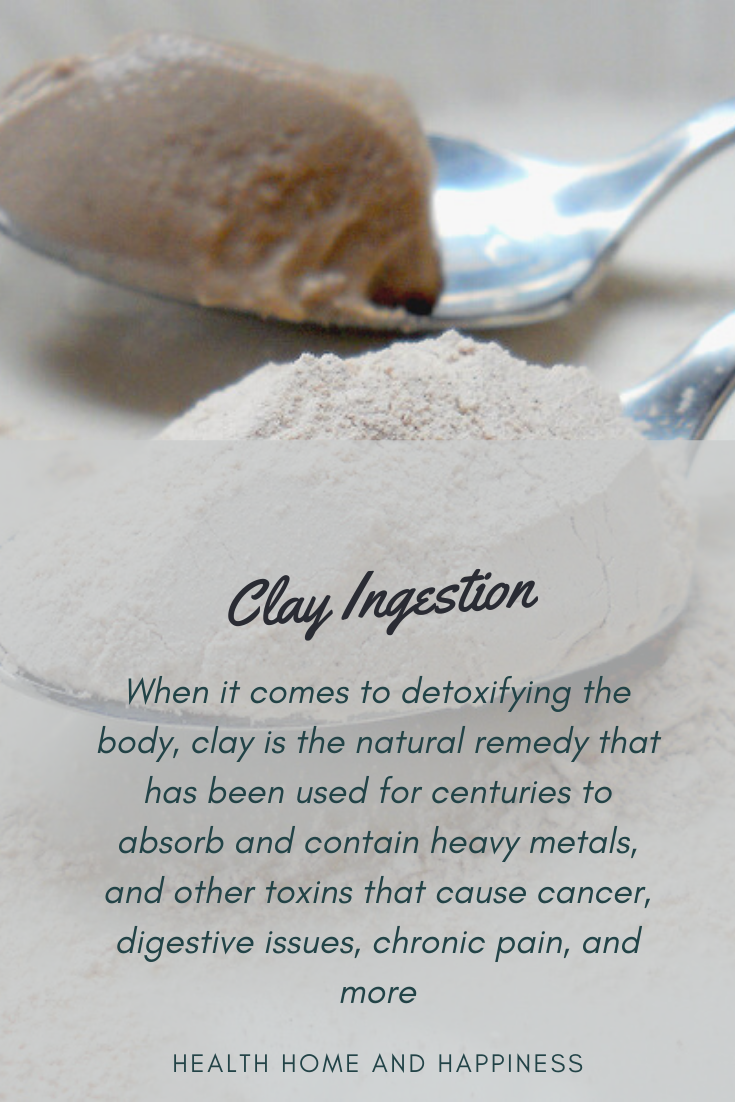 Clay ingested absorbs toxins in the digestive tract
Clay ingested absorbs toxins in the digestive tract